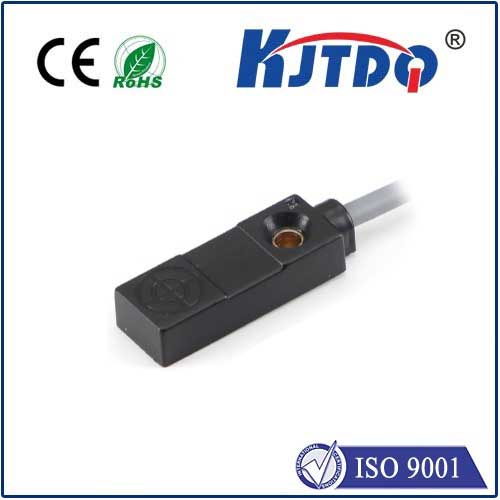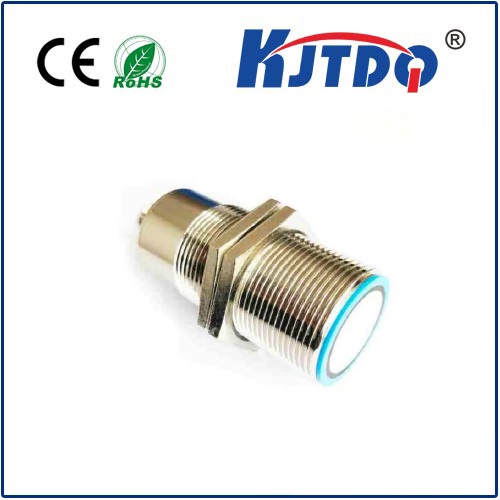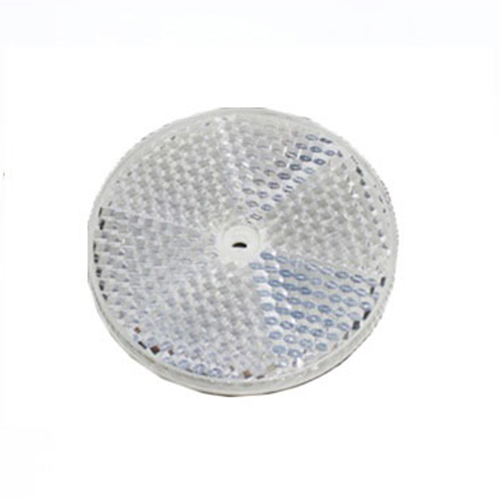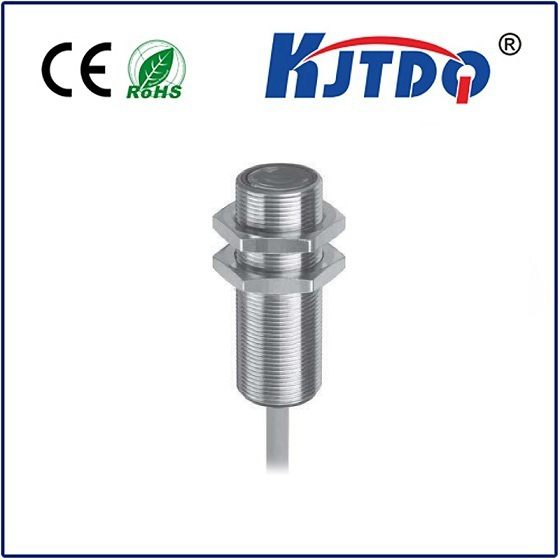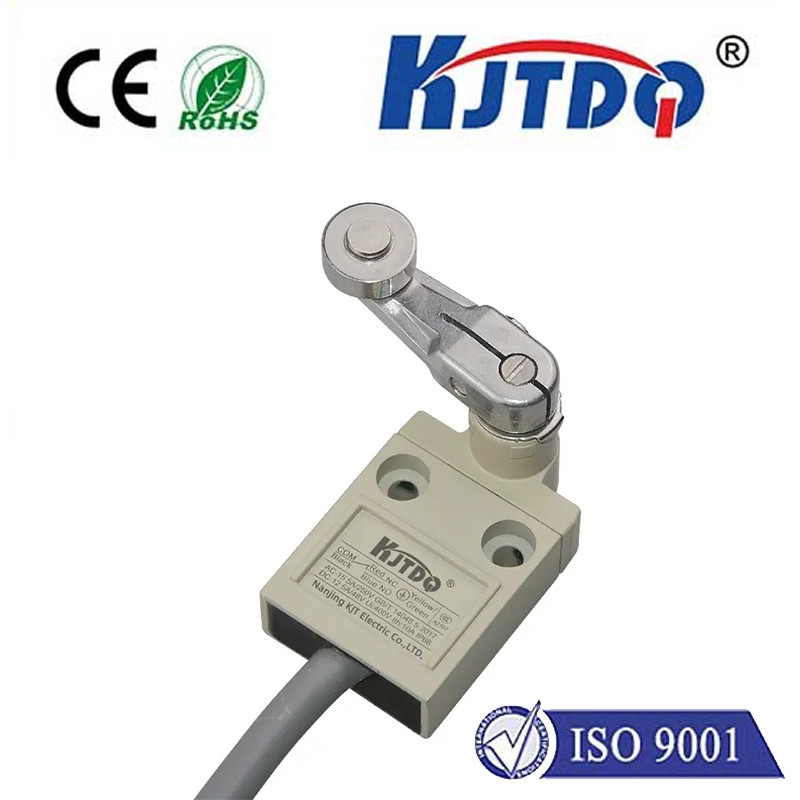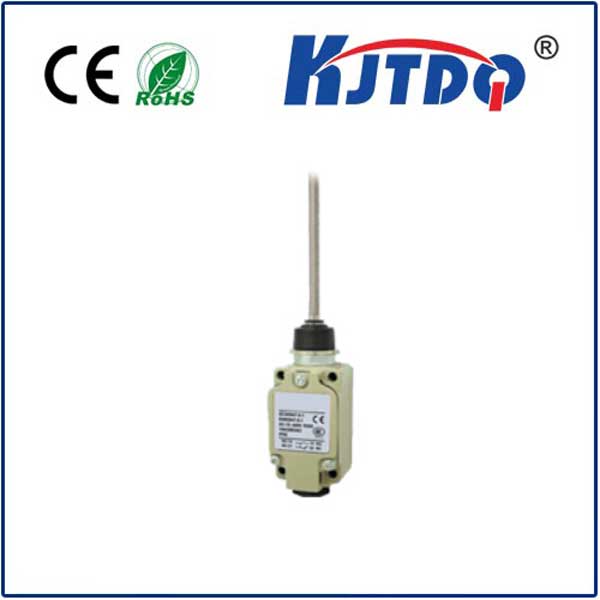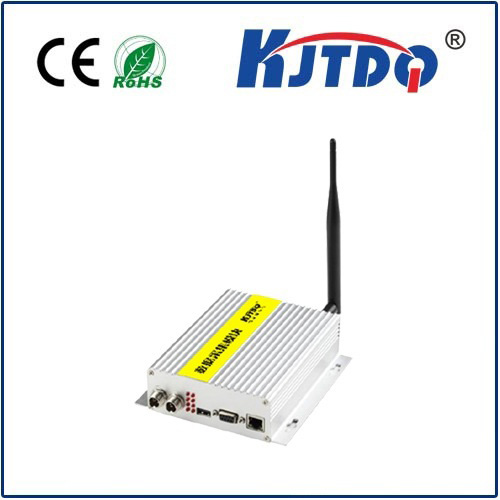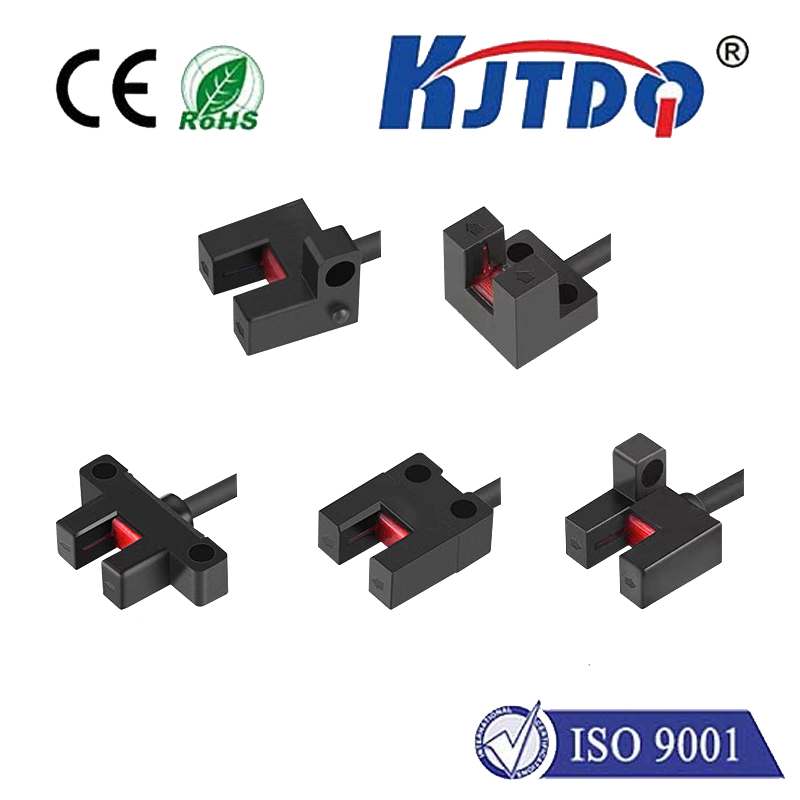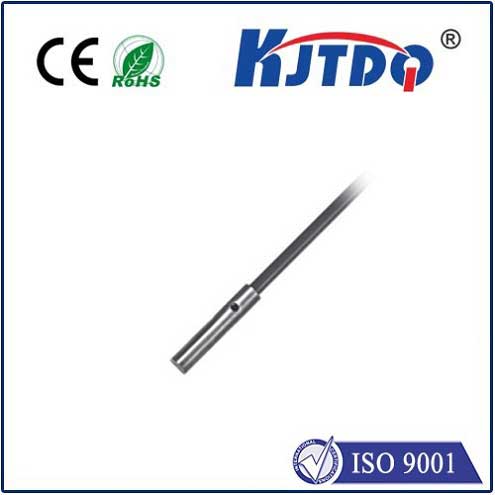variable inductance sensor
- time:2025-07-18 08:26:10
- Click:0
Variable Inductance Sensors: How Inductive Shifts Enable Precision Measurement
Imagine a world where machines can feel their own position, detect minuscule movements, or sense proximity without ever physically touching an object. This isn’t science fiction; it’s the everyday reality powered by variable inductance sensors. These ingenious devices translate the subtle dance of magnetic fields and inductive properties into precise, reliable electrical signals, forming the bedrock of measurement and control in countless industrial and technological applications.
At its heart, variable inductance refers to the ability of an electrical component, primarily a coil, to change its inductance (symbolized as L). Inductance is a fundamental property that quantifies a coil’s ability to store energy in a magnetic field when electrical current flows through it. Crucially, the inductance value is not fixed for many coil configurations; it depends critically on physical factors surrounding the coil core – primarily its geometry and the magnetic properties of nearby materials.
The Fundamental Principle: Changing the Magnetic Path
Variable inductance sensors exploit the core principle described by Faraday’s Law of electromagnetic induction. A typical sensor consists of one or more wire coils energized with alternating current (AC). This AC current generates a dynamic magnetic field around the coil.
The key operating concept revolves around intentionally altering the magnetic path or magnetic coupling within this field. This alteration directly impacts the coil’s inductance (L). There are several primary ways this is achieved:
- Changing the Core Material Position: A ferromagnetic core (like iron or ferrite) is moved within the coil. As more core material enters the coil’s magnetic field, it concentrates the field lines (increases permeability), significantly boosting the inductance (L). Pulling the core out reduces the inductance. This is common in Linear Variable Inductance Transducers (LVITs) or displacement sensors.
- Changing the Air Gap: In sensors like variable reluctance transducers, a ferrous target moves relative to the coil(s), altering the size of the air gap in the magnetic circuit. A smaller air gap leads to higher permeability for the entire magnetic path, thereby increasing inductance. A larger air gap decreases inductance. This principle is widely used in speed sensing (e.g., crankshaft position sensors) and proximity detection.
- Changing the Coil Coupling: Some sensors use multiple coils (transformer principle). The movement of a conductive or magnetic target influences the coupling between a primary (exciting) coil and a secondary (sensing) coil. This modulates the induced voltage in the secondary coil, effectively changing the apparent inductance as seen by the circuit.
Translating Inductance Change into Usable Signals
Detecting the subtle change in inductance (L) is where the sensor’s electronics come into play. The coil is invariably part of an electrical circuit, often an oscillator or a bridge configuration. The inductance (L) works in concert with resistance ® and capacitance © in these circuits, determining critical characteristics like the resonant frequency or voltage balance.
- Oscillator-Based Methods: The sensor coil is often part of the inductive element in an LC oscillator circuit. The oscillator’s resonant frequency (f) depends directly on the inductance (L) and capacitance ©: f = 1 / (2π√(LC)). As the target moves, changing L, the oscillator frequency shifts proportionally. This frequency change can be precisely measured and converted into a distance or position value. These circuits demand careful design to manage parasitic capacitances.
- AC Bridge Methods: Similar to Wheatstone bridges for resistance, inductive bridges compare the inductance of the sensing coil against a known reference. Movement unbalances the bridge, generating an AC voltage output whose amplitude and phase are directly related to the target’s position. This method often provides excellent linearity and noise rejection.
Why Choose Variable Inductance?
These sensors offer a compelling set of advantages that make them indispensable across industries:
- Non-Contact Operation: The ability to measure position, displacement, or proximity without physical contact is paramount. It eliminates friction, wear, and the need for mechanical linkages, ensuring long lifespan and minimal maintenance, especially in harsh environments.
- Robustness and Reliability: With no moving electrical contacts (just the physical movement of the target), these sensors are inherently rugged. They can withstand high levels of shock, vibration, and contamination (dust, oil, moisture) that would destroy other sensor types. Their immunity to environmental contaminants is a major asset.
- High Resolution and Repeatability: Modern designs and electronics enable these sensors to detect incredibly small movements with high precision and excellent repeatability, making them ideal for demanding metrology and control tasks.
- Wide Measurement Range: Designs exist for measuring movements from fractions of a millimeter to several meters.
- Temperature Stability: Compared to some alternatives (like variable resistance sensors), well-designed inductive sensors exhibit good stability over a broad temperature range, crucial for industrial applications.
Where They Make a Difference: Key Applications
You’ll find variable inductive sensors silently working in numerous critical systems:
- Industrial Automation: Precise position feedback for hydraulic/pneumatic cylinders (LVDTs - Linear Variable Differential Transformers, a specialized type), robotics, valve position monitoring, and assembly line part detection.
- Automotive: Throttle position sensing, suspension travel measurement, transmission gear position, and numerous engine control parameters like camshaft/crankshaft position (variable reluctance speed sensors).
- Aerospace & Defense: Flight control surface position, landing gear status, and actuator feedback in demanding conditions where reliability is non-negotiable.
- Manufacturing & Metrology: Coordinate Measuring Machines (CMMs), precision machining tool feedback, thickness gauging, and material level detection in tanks (especially conductive liquids).
- Energy: Monitoring vibrations in turbines and generators, and valve positioning in power plants.
Selecting and Implementing: Key Considerations
While powerful, successful deployment requires attention to detail:
- Target Material: The effect on inductance depends heavily on whether the target is ferromagnetic (iron, steel - strong effect) or non-ferrous conductive (aluminum, copper - weaker effect). Sensor type and sensitivity must be matched accordingly. Understanding material permeability is crucial.
- Range and Sensitivity: Clearly define the required measurement span and resolution.
- Environment: Temperature extremes, presence of chemicals, magnetic fields, and potential electrical interference must all be considered. Look for appropriate IP ratings.
- Output Signal: Does the application require an analog voltage/current, digital signal, frequency shift, or a specific bus protocol (like IO-Link)? Match the sensor’s output to the control system.
- Mounting and Size: Physical constraints often dictate sensor choice. Shielded vs. unshielded designs impact the magnetic field shape and proximity detection characteristics.
A Pillar of Modern Sensing
From ensuring our cars run efficiently to enabling the precise movements of robotic arms on a factory floor, variable inductance sensors are a fundamental and often understated technology. Their unique blend of non-contact operation, inherent ruggedness, and ability to deliver precise, reliable position and proximity information in challenging environments cements their role as a cornerstone of modern industrial sensing and control systems. By harnessing the subtle variations in electromagnetic properties, they translate physical changes into the language of electronics, driving innovation and operational excellence across the globe.





